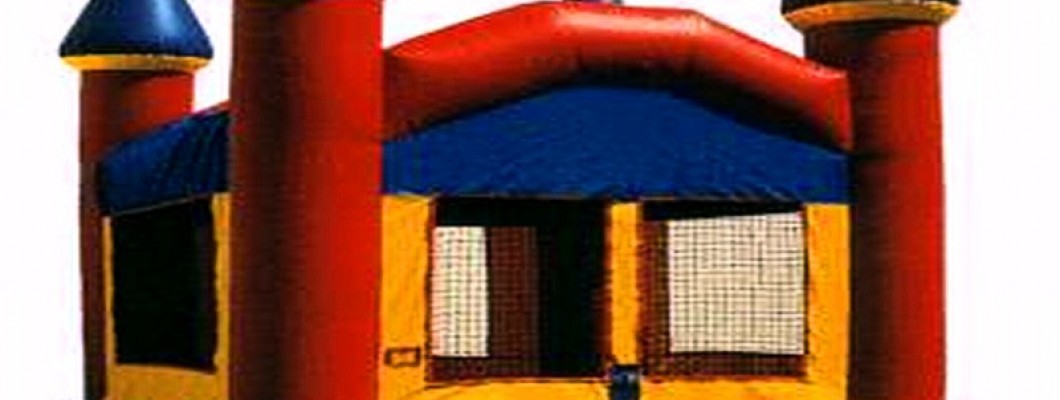
Bounce houses are a popular attraction at many children's parties, offering endless fun and excitement. However, parents often wonder about the safety of these inflatable play structures. While bounce houses can be safe when used properly, there are important considerations to ensure children's well-being.
1. Supervision is Key
One of the most critical factors in ensuring bounce house safety is active adult supervision. Children should never be left unattended while playing in a bounce house. An adult should always be present to monitor the number of children inside, enforce rules, and intervene if necessary.
2. Follow Age and Weight Limits
Bounce houses typically come with age and weight restrictions that must be followed to ensure safety. Younger children should not be allowed to play with older, larger kids in the same bounce house, as this can lead to accidental injuries. Always check the manufacturer's guidelines and adhere to them strictly.
3. Set Up on a Flat, Soft Surface
The location where the bounce house is set up plays a significant role in safety. It should be placed on a flat, soft surface like grass, away from sharp objects, trees, and fences. Ensure that the area is free from debris that could puncture the inflatable or cause tripping hazards.
4. Proper Anchoring is Essential
Bounce houses must be securely anchored to the ground to prevent tipping or being lifted by strong winds. Use stakes or sandbags provided by the rental company, and make sure they are correctly installed. Avoid using a bounce house on windy days, as even a small gust can be dangerous.
5. Limit the Number of Participants
Overcrowding is a common cause of injuries in bounce houses. To minimize the risk, limit the number of children playing inside based on the size of the bounce house and the manufacturer’s recommendations. It's also wise to group children by size and age to reduce the chances of collisions.
6. Enforce Rules and Guidelines
Before allowing children to enter the bounce house, set clear rules and guidelines. Common rules include no flipping, no roughhousing, and no shoes inside the bounce house. Make sure the kids understand these rules and the importance of following them to stay safe.
7. Inspect for Damage Before Use
Before allowing children to play, inspect the bounce house for any signs of damage, such as tears, holes, or weak spots. If you notice any issues, do not use the bounce house until they are repaired. Regular maintenance and proper storage can also help prevent damage.
8. Be Prepared for Emergencies
Despite taking all precautions, accidents can still happen. It’s essential to have a first aid kit on hand and know basic first aid procedures. Additionally, make sure you have a phone nearby to call emergency services if needed.
Conclusion
Bounce houses can be a safe and enjoyable activity for children if proper precautions are taken. By ensuring supervision, following safety guidelines, and being prepared for emergencies, parents can help their kids have a fun and safe experience in a bounce house. Always prioritize safety to make sure the day ends with smiles and happy memories.

Leave a Comment